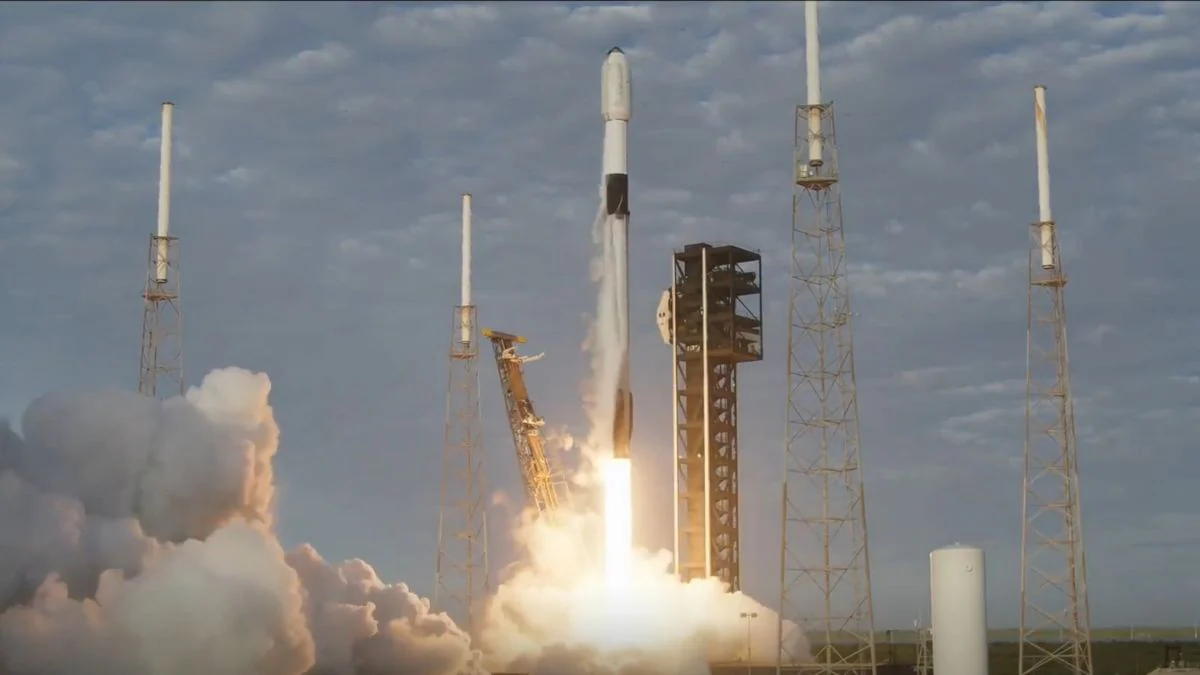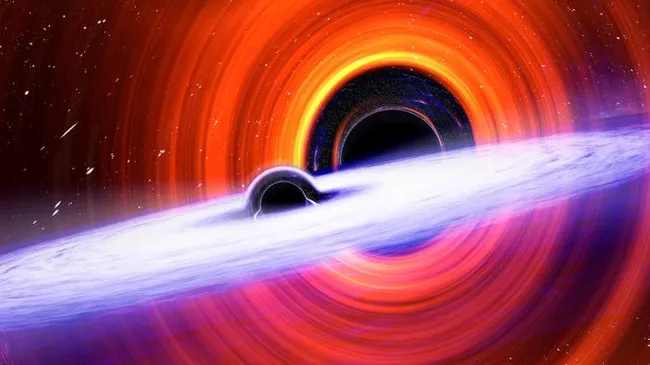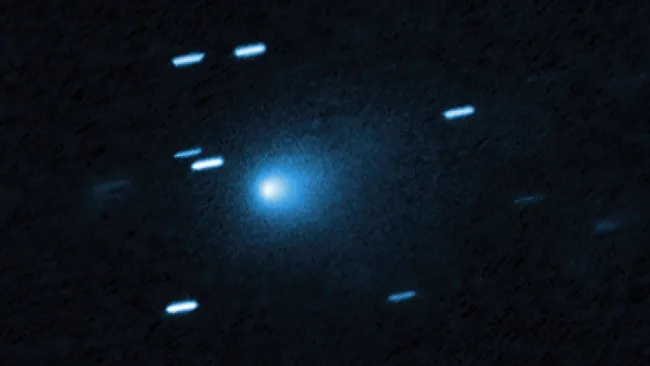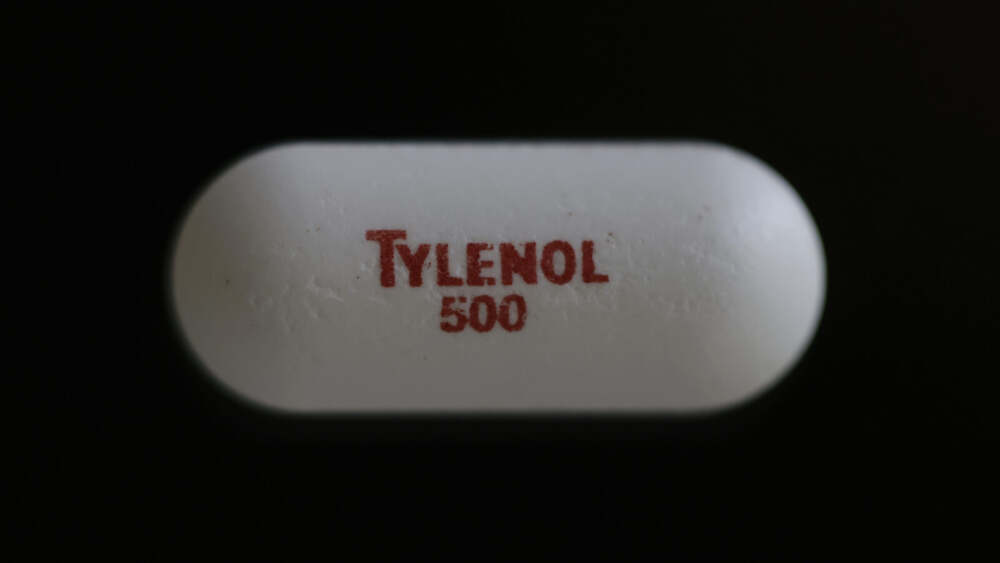SpaceX has expanded its growing Starlink satellite network with the successful launch of 28 additional satellites from Vandenberg Space Force Base in California. The mission, which lifted off on the evening of September 28, further strengthens the company’s global internet constellation while showcasing the continued reliability of reusable rocket technology.
A Booster That Keeps Making History
The highlight of the mission was the Falcon 9 first stage booster, designated B1063, completing its 28th flight. After propelling the rocket skyward, the booster returned to Earth with a precise landing on the autonomous droneship Of Course I Still Love You stationed in the Pacific Ocean.
This level of reusability underscores the success of SpaceX’s design philosophy. Each successful recovery and reuse of a booster reduces launch costs and accelerates deployment schedules, setting new benchmarks for the space industry.
Expanding the Starlink Network
The 28 satellites delivered to orbit are part of Starlink’s ongoing effort to provide high-speed, low-latency internet coverage around the globe. With thousands of satellites already deployed, each new launch improves bandwidth, resilience, and accessibility, particularly in underserved or remote regions.
Why This Launch Matters
- Proven Reusability: A single booster flying 28 missions demonstrates the maturity of SpaceX’s technology and its economic advantages.
- Global Connectivity: With every batch, Starlink moves closer to achieving near-seamless internet coverage worldwide.
- Operational Efficiency: The smooth timeline of launch, separation, satellite deployment, and booster recovery reflects a highly refined system.
Looking Ahead
As SpaceX ramps up its launch cadence, questions remain about orbital congestion, satellite traffic management, and long-term sustainability. Yet, the company’s ability to balance reusability with large-scale deployment continues to reshape both commercial spaceflight and global telecommunications.
The September 28 mission not only added another 28 satellites to orbit but also marked another milestone in the era of reusable rockets — pushing the boundaries of how often the same hardware can take humanity to space.
















Leave a Reply